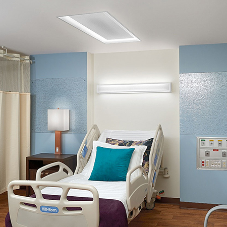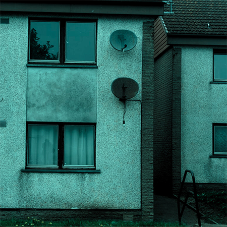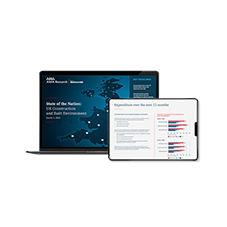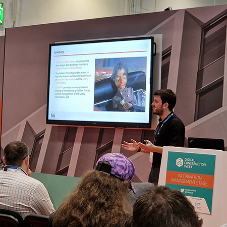Dominated by the private sector, the entertainment and leisure sector has experienced more positive construction output conditions than many other sectors over the past 5 years, according to the latest research from AMA.
Despite a dip in 2015, output in the sector has greatly improved since, with a growth rate of 33% recorded inv 2017. The two largest sub-sectors for construction output in the hotel, entertainment and leisure sector are restaurants, bars, clubs and hotels being the largest two sectors in 2017.
Worth around £18.4bn, the UK hotels sector continues to benefit from the increase in inbound travel due to the weak Pound and the proportion of branded budget rooms in the hotel construction pipeline remains high. At the same time, the increase in alternative accommodation such as serviced apartments, hostels and shared spaces continues to grow.
Hotel supply has increased year on year, driven by a period of sustained growth in hotel accommodation stock – with the budget sector growing more strongly than any other section of the market. Hotel supply figures suggest that around 18,500 rooms were estimated to have been added to the UK’s hotel portfolio during 2017. This would bring the total number of hotel rooms to almost 715,000 at year end 2017.
The UK hotel industry is continuing to expand, with an active development pipeline (in planning and under construction), of 39,120 new hotel rooms, which are due to open over the medium-term, of which the majority (16,170) are due to open in 2019. London’s active pipeline accounts for around 40% of the UK’s total, with over 15,800 rooms under construction or in planning. The UK’s supply pipeline continues to be dominated by the budget brands with Premier Inn and Travelodge set to expand further. Together, these two brands accounted for some 30% of total hotel bedrooms opened during last year in the UK.
Whilst hotel room supply has grown significantly over the years the sector remains highly fragmented there have been significant structural changes over the last few years including a continuing shift towards more branded hotels of the total market, a decline in the mid-market and the independent sector. Intense competition continues in the budget sector in particular with the emergence of new brands in 2017.
Looking ahead to 2018, improving economic conditions mean that UK hotels are expected to see further revenue per available room growth, however, the rate of growth is expected to be lower than in 2017. Rising operating and payroll costs continue to challenge the industry, and there are additional workforce concerns regarding the free movement of labour post Brexit.
However, the weakened pound is expected to continue to attract overseas visitors, which combined with strong growth in demand from continental Europe and growth in the domestic staycation market and demand for short breaks, is expected to provide further growth potential for the regional hotel market. As a result, medium to long-term prospects for the hotel industry are positive, with turnover in the sector forecast to grow by an annual average of around 5% until 2022 when the sector is forecast to be worth over £23bn in terms of revenue.
Like this? Want to know more? Check out our Leisure Construction hub, flush with useful resources.
Related Blog Articles



crop192.png)












